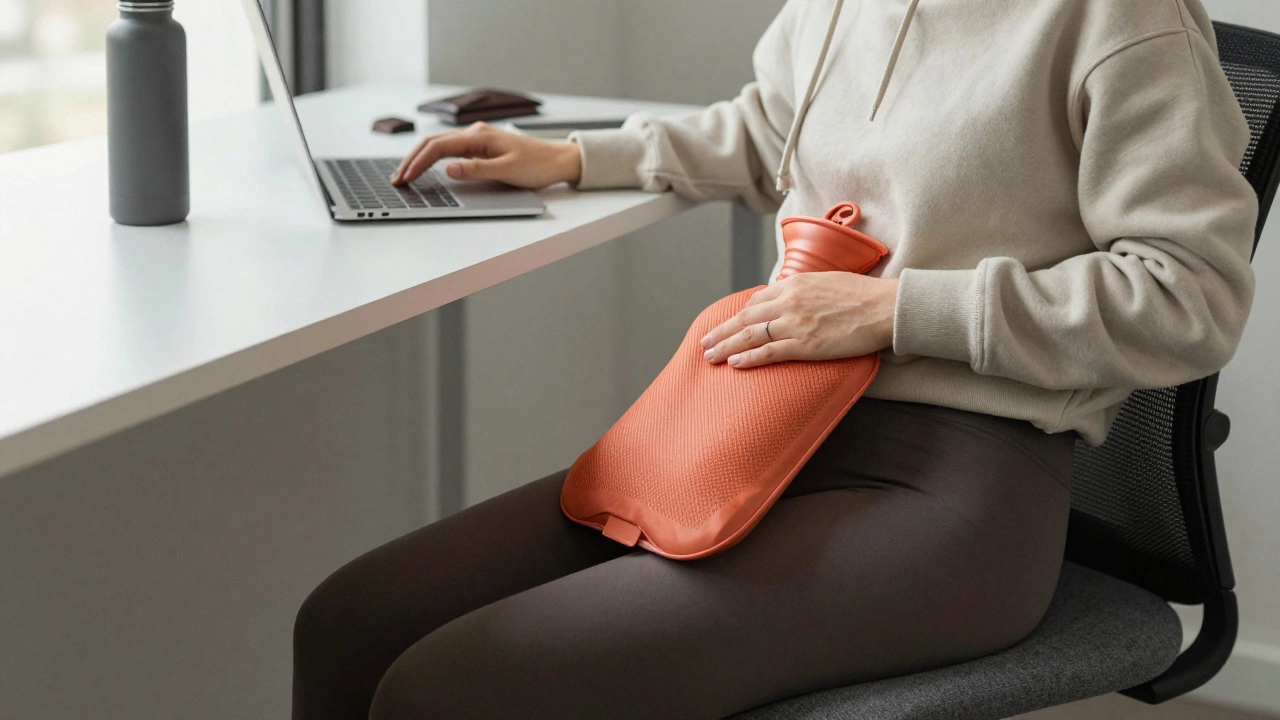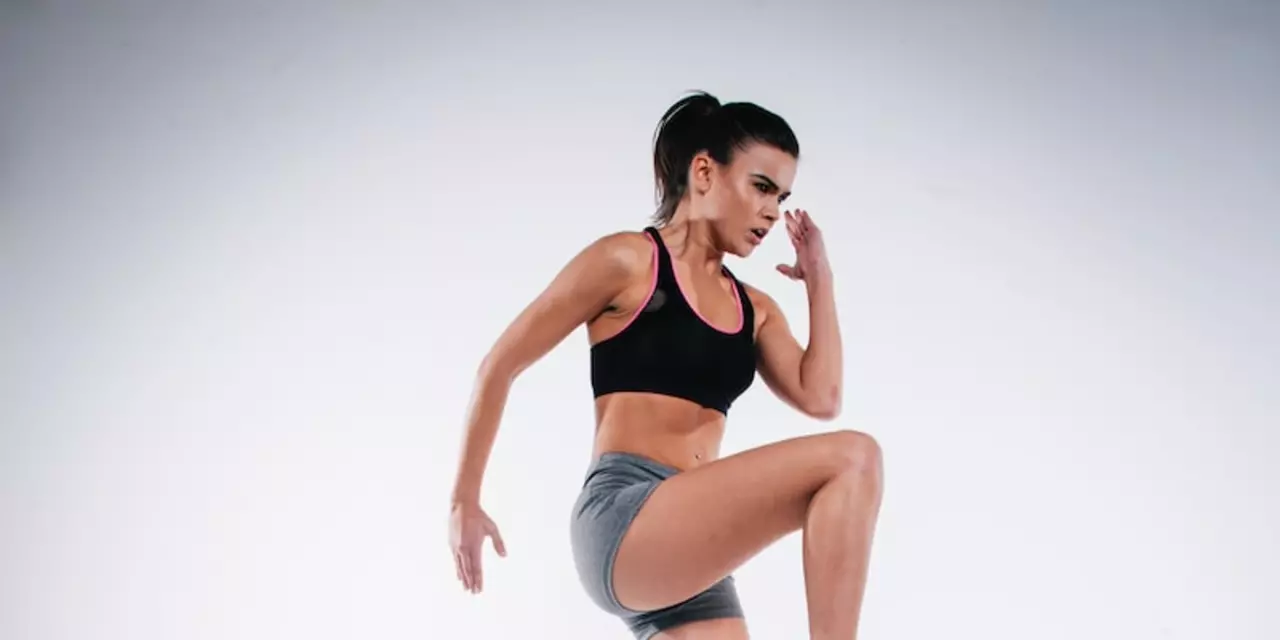Fitness & Exercise: Pick the Right Shoes and Get the Most From Your Workout
Whether you’re hitting the treadmill, crushing a weight‑lifting session, or mixing cardio with strength work, the gear you wear can make a big difference. It’s easy to assume any sneaker will do, but the right shoe can improve balance, protect your joints, and let you lift heavier without wobbling. Let’s break down why shoe choice matters and how to pick the best pair for your routine.
Why Shoe Choice Matters in the Gym
Gym floors are hard, flat, and often slippery. Shoes designed for running have a lot of cushioning and a flexible sole that’s great for forward motion, but they don’t give the stability you need when you’re squatting or deadlifting. Without a firm base, you risk losing form, which can lead to strains or more serious injuries. A stable shoe keeps your foot locked in place, transfers power efficiently, and helps you maintain proper alignment throughout each rep.
Running Shoes vs. Gym Shoes: The Real Differences
Running shoes are built for forward propulsion. They have a lot of “give” in the heel and forefoot to absorb impact when you strike the pavement. That flexibility feels great on a treadmill, but in the weight‑room it can cause your foot to roll or shift. Gym shoes—often called training shoes—have a flatter, wider sole with minimal cushioning. This design gives you a solid platform for lifts, quick direction changes, and lateral movements. If you’re doing a lot of plyometrics or CrossFit‑style circuits, look for a shoe that balances cushioning with a low‑profile base.
So, should you ditch your beloved running shoes altogether? Not necessarily. If your workout is mostly cardio, a good pair of running shoes works fine. Once you add weight work, however, switching to a dedicated gym shoe is the smart move. Many athletes keep two pairs: one for cardio days, another for strength days. This simple habit saves your feet and improves performance across the board.
When you shop for gym shoes, focus on three things: fit, stability, and durability. Try them on in the afternoon (your feet swell a bit during the day) and make sure there’s a thumb’s width of space at the toe box. A snug heel lock prevents slippage, while a firm midsole keeps your ankle stable. Look for rubber outsoles that grip well but aren’t overly sticky—this helps you pivot safely during box jumps or agility drills.
Beyond shoes, a few quick fitness tips can amplify your results. Warm up with dynamic stretches—leg swings, arm circles, and walking lunges—so your muscles are ready for the load. Keep your core engaged during lifts; a strong core protects your spine and translates force efficiently. Finally, listen to your body. If a shoe feels off or a movement hurts, stop, reassess, and adjust. Small tweaks now prevent bigger setbacks later.
Common mistakes beginners make include wearing old, worn‑out shoes, ignoring foot shape, and assuming “more cushion = more safety.” In reality, worn soles lose traction, and overly cushioned shoes can make you feel unstable during heavy lifts. Replace training shoes every 6‑9 months or sooner if you notice uneven wear patterns.
Ready to upgrade your workout game? Pick a pair of gym shoes that feel solid, try them on with your usual socks, and take a quick test: do a few body‑weight squats. If you feel steady and can see your heel stay grounded, you’ve found the right fit. Pair that with a solid warm‑up, focused core work, and you’re set for stronger, safer sessions.
Rag All About It: A Practical Guide to Working During Your Period
A practical guide to working during your period without guilt or pain. Learn how to manage cramps, adjust your workload, and advocate for yourself at work-all backed by real biology and real experience.
Can I use my running shoes in the gym?
This article discusses the practicality of using running shoes in the gym. It explains that running shoes are designed for running and not for lifting weights. It is recommended to use shoes specifically designed for the gym, as these offer more stability and support for the feet and ankles when lifting weights. In addition, running shoes are not well suited for gym surfaces, as they are not designed for contact with hard surfaces. Thus, it is best to use gym shoes for gym activities, as they are better suited for the environment and the activities performed.

